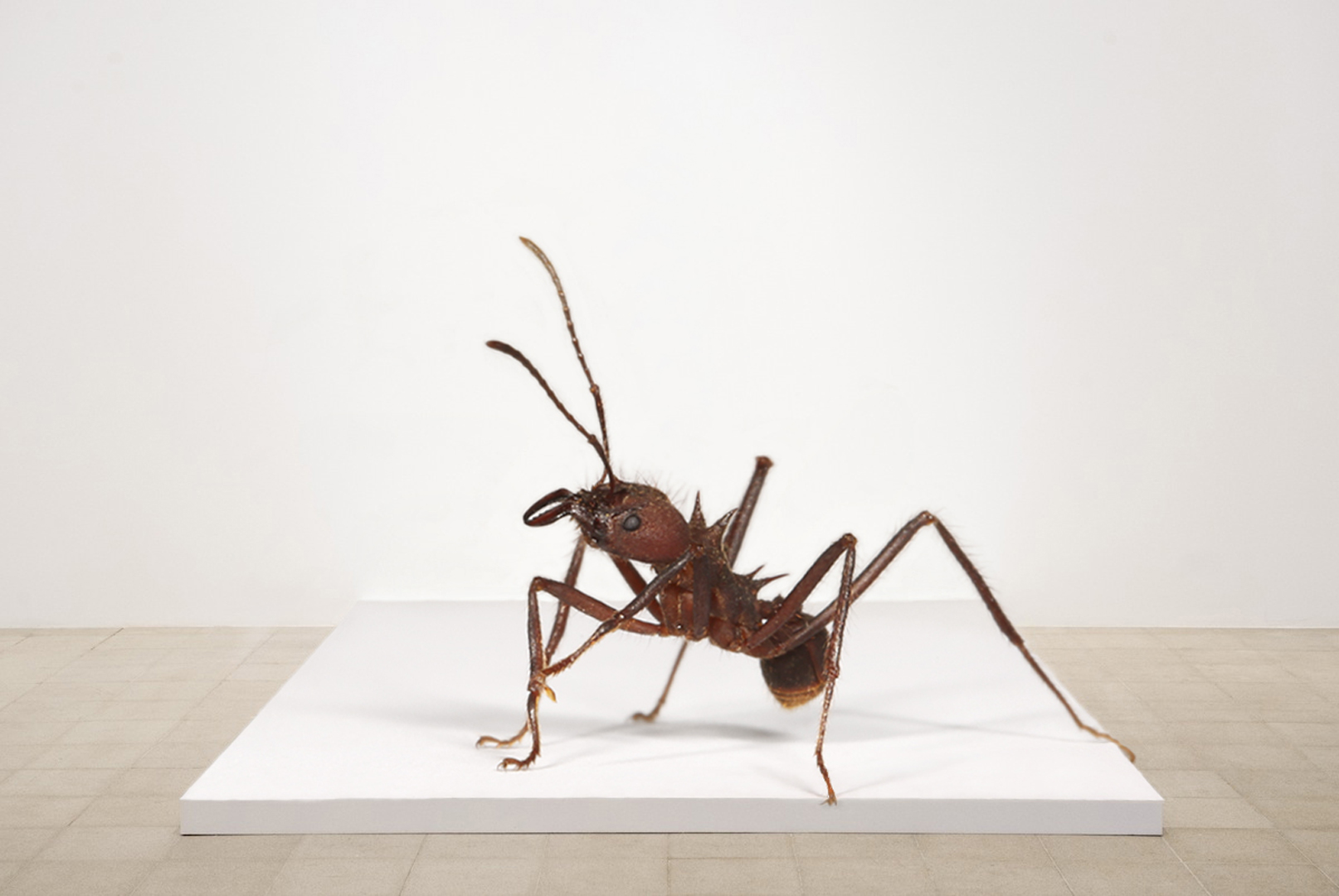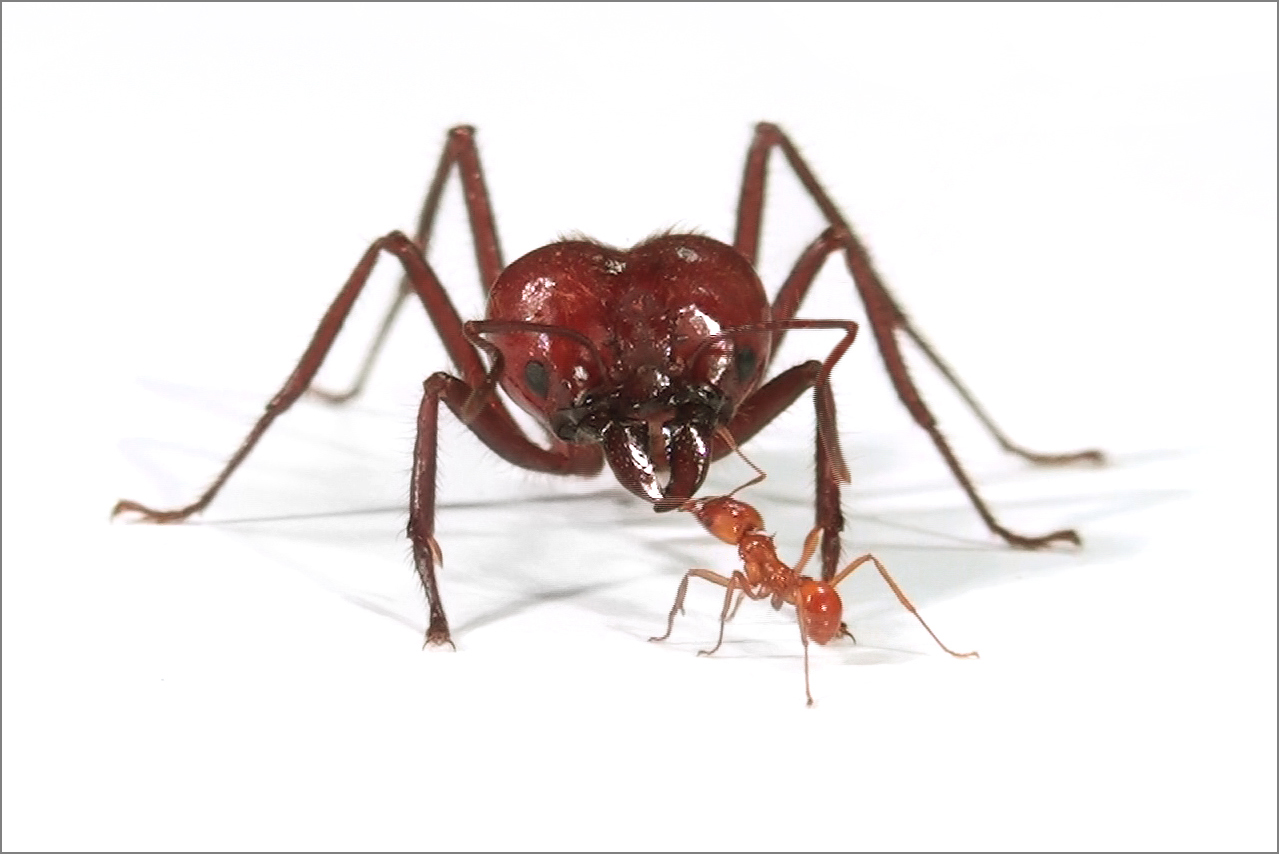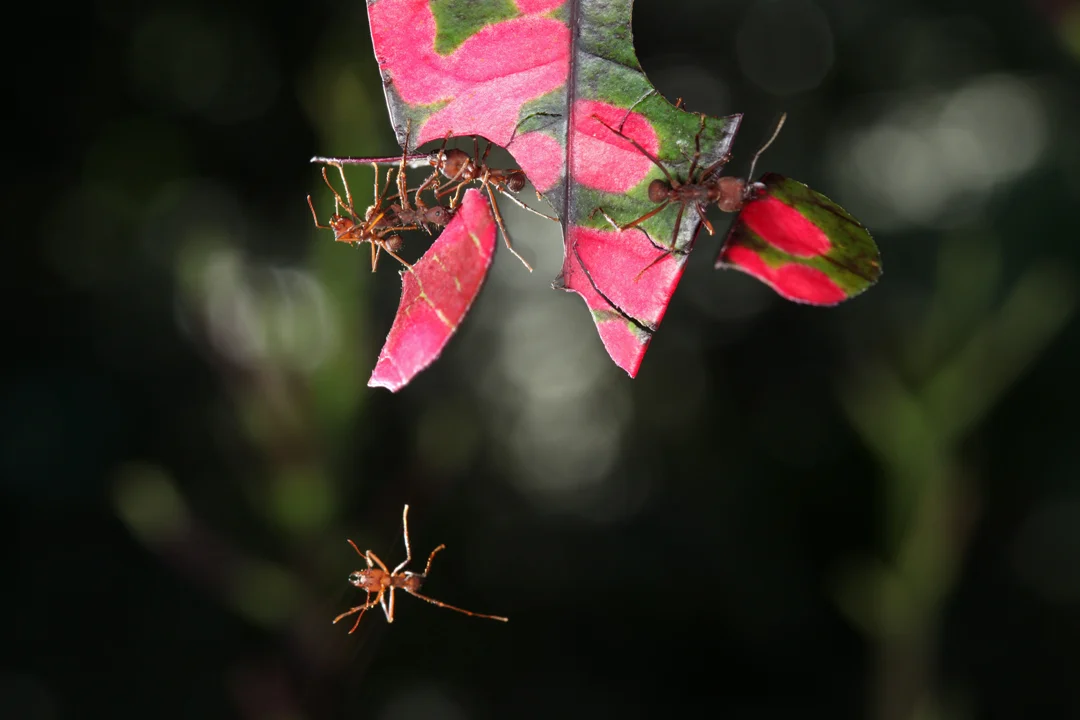This year I’ve given an unusual number of presentations about my work at a remarkably wide variety of venues. It’s not the $100,000. lecture tour, alas, but I’m happy to share my ideas for fellowship and expenses.
“Design Thinking and Education,” University of Rhode Island
“Storytellers Summit,” National Geographic
“Animal / Language: An Interdisciplinary Conference.” Organized by the Comparative Literature Department, Texas Tech
EG Conference, Carmel, CA
Carnegie Museum of Art and Museum of Natural History, Pittsburgh
Sustainability, SustainableBrands2019, Detroit
Despite the seemingly random group of conferences to which I was invited to speak, I was surprised to discover common issues discussed in each of them. Though varied in subject they all voiced similar concerns: how to engage, contribute, remain relevant, and survive in an era of rapidly rising rates of ecological, technological and cultural change. That all three areas are accelerating simultaneously underscores the breadth and depth of the difficulties faced.
Likewise, similar goals were outlined to confront these challenges. The necessity to identify and act more quickly in response to new information was widely discussed. In order to become more nimble, nearly identical strategies were put forward: the need to promote cross-disciplinary thinking, to be inclusive of a diversity of voices, to foster individual contributions, and to create communities that are cooperative and collaborative.
The objectives discussed in these various conferences remind me of the behavioral characteristics of social insects that have made them enduringly successful. A decade of working with leafcutter ants, which E.O. Wilson calls “the most complex social creatures other than humans,” has shown me the power of dynamic, non-hierarchal systems where all constituents contribute to an open communications network. The organizational structure and communication strategies of ant colonies become relevant to the discussion of human society, particularly at this juncture in history where, for the first time, the majority of us live in dense, urban environments with fast, global-wide connectivity.
Leafcutter ants communicate through a network that rivals the Internet and predates it by millions of years. Each ant contributes to the collective dialogue using pheromones, sound and touch, and the flow of information is not limited by pre-described patterns or structures. The colony’s intelligence arises from the interactions among individuals, and these connections can assemble and reassemble in an infinite number of ways. This type of self-organizing system is adaptive and tends to grow more intelligent over time.
Compared to a top down system, the ants’ bottom up behavior allows for quick, accurate assessment of local conditions; as a result their response to new input is faster. Leafcutter ants perform a variety of jobs and are flexible as they move between them, which creates a cross-disciplinary approach to problem solving. These qualities make them highly agile in response to changing conditions in their habitat.
Systems as different as neurons, immune systems, cities, artificial intelligence and neural networks, as well as ant colonies, follow the rules of emergence. Ants are a system of relatively simple elements that self-organize to form adaptive, complex behavior. They are driven by the patterns of interactions they experience through the colony’s communication network. Ants solve problems by drawing on user-generated data. It’s an organization without ranking or pecking order.
Ant colonies innovate through a limitless number of new connections among empowered individuals. This has made them successful for millions of years and enabled them to survive a couple of planetary mass extinctions. Decentralized problem solving, a diversity of voices this makes them resilient because there is no single point of failure. As we face the 6th Great Extinction, perhaps we have something to learn from them.
We think of ants as being uniformly industrious, all mindlessly performing the same action over and over again. This notion is put forward as a negative model of the collective, with the aim to favor the importance of the individual. The debate between these two paradigms has a long history.
The organization of society is arguably in transition, from an analogue, hierarchal system to a digital and more emergent one. Perhaps new language is needed to describe the changing structure, a description that is both plural and active. A verb might be a good place to start, instead of the singular, static nouns of “the individual” and “the collective.”
Our understanding of ant society needs updating as well. Individual ants have a surprising variation in behavior and these differences are vital to the survival of the colony. Diversity is an asset even in ant colonies. The Bible was mistaken when it said, “Go to the ant, you sluggard: consider its ways and be wise.” It’s difficult to measure what each ant is doing, but studies performed so far on small colonies of European rock ants and harvester ants show that about 20% of the ants in a colony do a task in a matter of minutes, 30% perform that task in an hour, and 50% are doing no work at all.
Science has long studied individual things, separate elements often isolated in a laboratory setting. Examining real-time, multi-element systems is much more difficult, and in the case of the individual ant study, it required great computational power to examine thousands of hours of video footage to discern what hundreds of individual ants are doing to arrive at reliable patterns and numbers. With the rise of vast and fast computers, big data, algorithms, and now AI, science is able to conduct studies on the systems level. (Speaking of AI, how will we respond if large portions of society are made redundant? Ants may not be bothered that half the colony is doing no work. Will we be so accommodating?)
Looking beyond the individual to the system level opens a new frontier in how we perceive and contemplate life on Earth. For example, a tree is no longer just a tree. Deep underground a vast network of fungi connect the trees’ roots and through this “wood wide web” information, water and energy are shared. A tree is one aspect of a forest system, part of a large communication network, not dissimilar to an ant colony, where power and survival comes from the interactions among multiple elements.
Another example is the human body, traditionally the very definition of the individual as singular identity. But, studies show that we – our cells, our DNA – comprise only about 10% of what constitutes our body. The other percentage is a community of bacteria, fungi and parasites, without which we would cease to exist. The “I” has become a “we” and it challenges the notion of who is even in charge. The old adage “my gut tells me” is incredibly prescient.
Although science continues to illuminate the workings of interconnected systems throughout all life forms, many of us stubbornly cling to the view that humans are separate and unconnected to the natural world. This is a pernicious and persistent blind spot. Society places value on being connected to a social system, but often not to an ecological one. The widespread belief that humans are exceptional to nature is arguably one of the main drivers of the environmental crisis.
When I started the “Leafcutters” project in 2007, it was five years before Facebook’s IPO and social media was not the juggernaut it is today. The development of my project coincided with the rise of social media and instant messaging and in many ways my work with leafcutter ants allowed me to glimpse the enormous change this digital communication would have on society. There is a natural parallel between social media and the emergent behavior of social insects. One could argue that our communication has become more participatory and perhaps more efficient like the ants.
Communication is at the heart of a social species. The medium and methods by which its members communicate has a defining impact on the very nature of a species. The character and quality of exchange among its members is central to its success or failure, particularly in times of stress and rapid change.
When we look at the loss of biodiversity, it’s not random. The species facing extinction are long-lived, specialists, slow to reproduce. These are the animals we cherish – the elephant, tiger, panda – the poster species of conservation organizations. Climate change favors the species that are fast-lived, small, fecund, generalists, which are often the animals we like the least – rats, roaches, deer, and pigeons. I find it eerie that the traits possessed by the thriving species mirror many of the same goals put forward at the various conferences: to be fast, nimble, cross-disciplinary, generalists. Society seems to be responding to the pressures of accelerating change in many of the same ways that animals are.
It wasn’t long ago that customs changed at an imperceptible pace. One could speculate that many of today’s problems arise from the disruption of long-standing practices and beliefs. Some parts of society dig in, become more conservative and reinforce customs in the face of rapid change, whereas other groups are flexible, embrace new ideas and find ways to prosper in the new landscape.
I found a similar variance in the behavior of leafcutter ant colonies. Some were flexible in their acceptance of new vegetation and others were so stubborn they would pass by the very foliage they were harvesting if moved a few feet. I also observed a striking variation amongst ant colonies in response to the presence of another colony harvesting in the vicinity. Some were tolerant of their neighbors and others were quick to wage war. Perhaps it’s not surprising that the most war-like colony in the area where I worked was also the most stubborn in its foraging behavior.
Human society often has difficulty with change. Change, particularly rapid change, is uncomfortable, disruptive, disorienting and often leads to violence. It produces winners and losers. This is what has gotten everyone’s attention. Organizations as diverse as large corporations, academic institutions, art museums and environmental groups are trying to determine how best to survive and hopefully thrive in an unstable world.
I find that looking at our evolutionary past is helpful to gain perspective. For the majority of history, Homo sapiens lived in small groups as nomadic hunter-gatherers. Culture changed very little over vast amounts of time. There was a conservation of beliefs and customs. Many cultural forms included powerful symbols used to enforce conformity and social order. Difference was viewed as oppositional and those who were different were often deemed the enemy.
Today’s educational push to teach students to tear down pre-conceived boundaries, to create disruptive technologies, to dive into uncharted areas, and to think differently is, in many ways, a new paradigm. In the not so distant past these behaviors would have precipitated being thrown out of the village or worse, burned at the stake. Historically, many cultural forms endeavored to solidify norms and cement underlying assumptions, not break them down.
Besides the economic incentives to be an innovative thinker, there are other reasons to challenge the status quo. Old models are broken, out-of-date and in serious need of re-evaluation.
What drives me personally to explore uncharted areas, to question common assumptions, and even to go so far as to raise cockroaches, which terrify me – what unites all the work I do is this: our current attitudes and perspectives on nature are not only not working, but are actually at the root of our environmental problems. How did our relationship to the non-human world get so bad? When did we as a species become so dismissive and disengaged with the natural world?
I put forward that our anthropocentric point of view has set the stage for our environmental problems – the loss of biodiversity, acidification of the oceans, a warming planet. When we look at our cultural forms today, they’re narrowly focused on the human, on the human separate from the ecological landscape. Is our imagination failing us as we face a changing habitat? Perhaps our environmental crisis is not just a political failure, but maybe more significantly, it’s a cultural and aesthetic one.
New ways of thinking about and connecting with the natural world are urgently needed. So not only do I embrace a cross-disciplinary approach, but more importantly I strive for a cross-species approach. Instead of just looking outside the proverbial box, I step outside the box and consider the ecosystem in which it exists. I believe it is important to look beyond the individual moral narrative. We are a social species living on a planet full of other creatures all facing a rising rate of change. But our feedback loop is almost exclusively set to human. I think our culture is far richer with the consideration and inclusion of other life forms.
As a screen-based urban society, myopically dazzled by our own inventions, where water and sustenance are conveniently delivered to our doorstep, what avenue do we have to be more than a tourist in the natural world?
I worry that the extinction of direct experience with nature leads to extinction of knowledge and caring about nature, which leads to extinction of nature.
For most of history everyone was a naturalist. Nature was open for all to observe, experiment, respond and communicate. By the end of the 19th century nature became the providence of science, and the practice of science became professionalized and institutionalized. Knowledge was siloed into narrowly defined areas of expertise. If this was good for science, perhaps it hasn’t been great for humanity’s relationship with nature.
What ways are left for the ordinary person to meaningfully engage with the natural world?
Perhaps the visual arts can play a vital role here. They have a long history of examining and forging a relationship between society and nature. From the dawn of Homo sapiens the visual arts have provided a means to create meaning and contextualize the human experience within the larger ecological landscape.
The arts excel at bridging different disciplines and synthesizing divergent viewpoints. They are an important means of collaboration, where new perspectives can be created and communicated. We need the arts, maybe now more than ever.
I contend the arts have the power to revitalize society’s relationship with nature and to create more inclusive narratives that help broaden the scope of our vision of the non-human world. The arts have the ability to make the environment matter. And what matters to a society is what it works to protect and preserve.







































